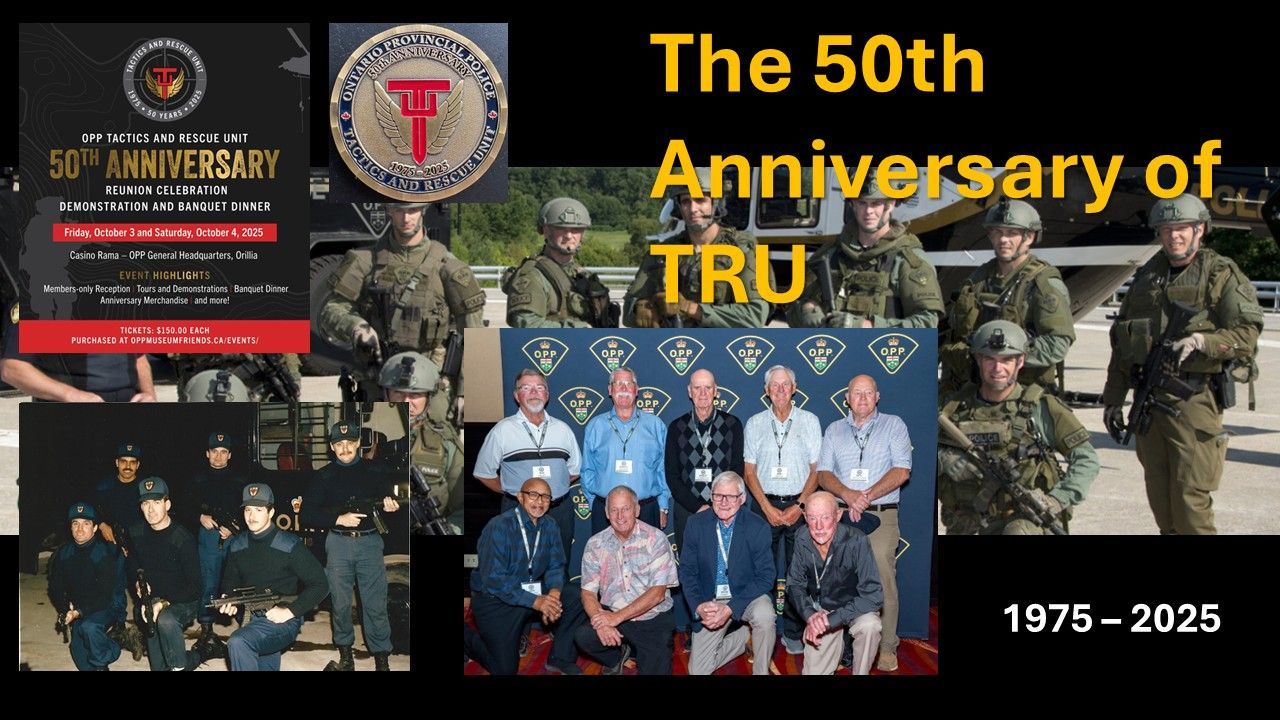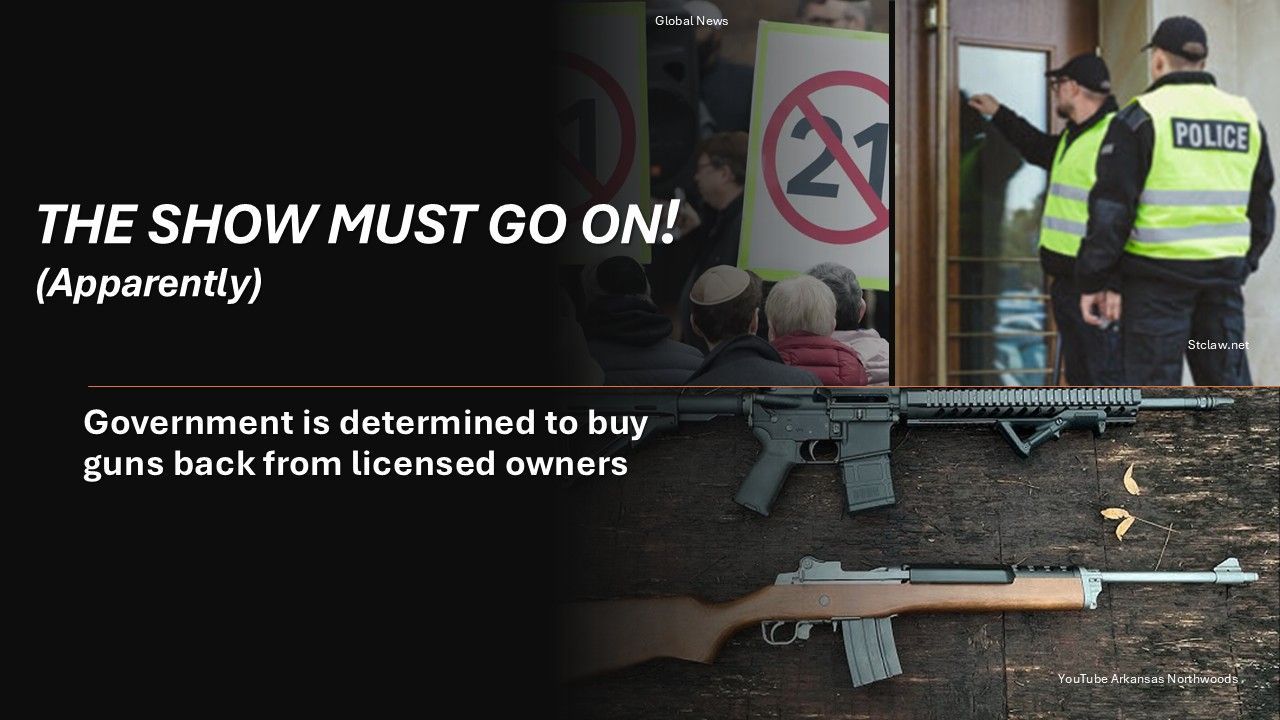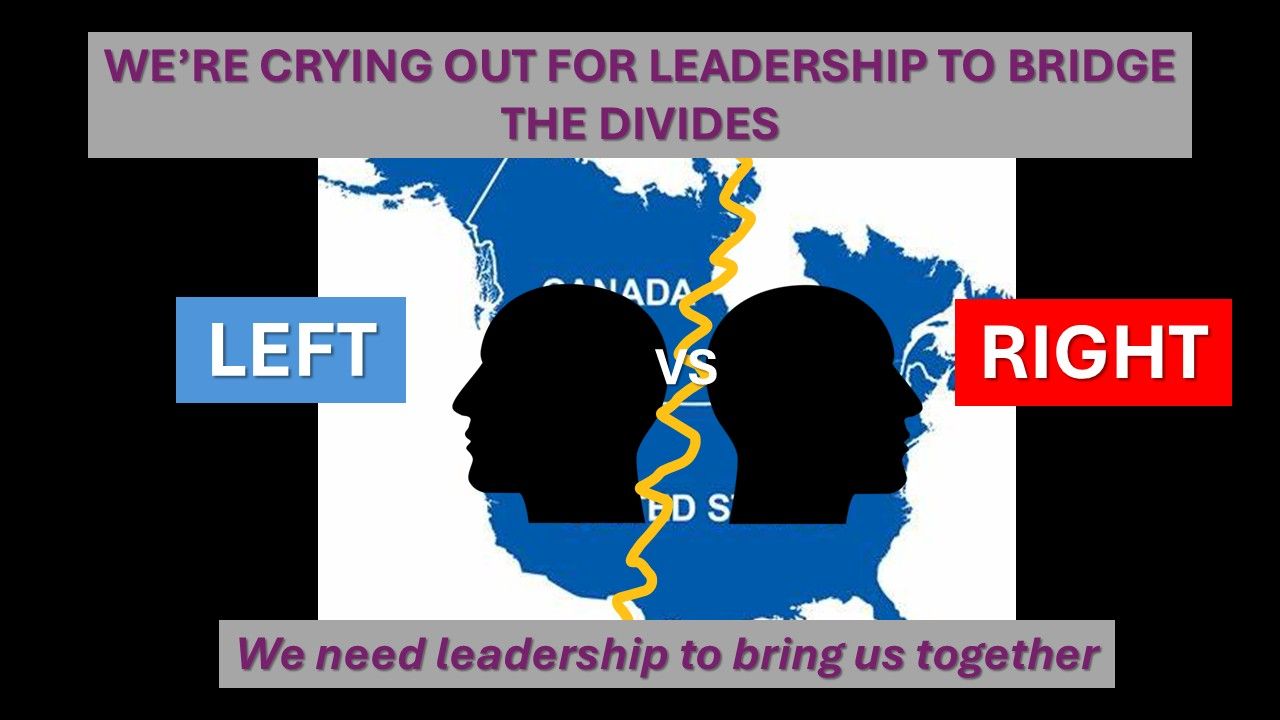By Chris Lewis
•
June 21, 2025
Image: new-manager-training.com Imagine this scenario if you will, getting the worst boss on earth – a person who is the total antithesis of leadership. Your new “Boss” replaces a leader that wasn’t always right and was getting too old to meet the mental and physical demands of the job, but at the same time treated all those around him with respect. He tried to select people for key positions based on their experience base and his confidence that they may not always agree but the individuals picked would be honest with him, other employees and the client base. He undoubtedly made mistakes here and there and did have some flaws but would readily admit to most of them. This boss comes back to the organization having committed a list of publicly confirmed misdeeds and illegal acts – many of which would have singularly been a good reason to not hire even the lowest level of employee, and justification for imprisonment for others. However, he was chosen for the top job despite all that baggage. Conversely, he brings not one redeeming quality to the top position. From day one, it’s obvious that the new Boss is truly a “boss” and not a “leader.” He has old personal scores to settle and wreaks revenge on many employees that he doesn’t like. Not because they were dishonest, incapable or lazy, but because he perceives that they didn’t want him to return or didn’t always agree with his philosophies and rash actions during past affiliations. This activity causes panic among all employees who know they have no choice but to get aboard his out-of-control train or perish beneath it. Then – without any deep evaluation or thought, he makes tremendous cuts to many organizational programs – leaving thousands without work and lacking any strategy to provide much needed services to a vast array of client groups. He viciously cuts through the organization like a chainsaw through softwood. Why? Because he can. Some of these decisions may have had some degree of validity following a proper assessment, while others not, but that analysis never occurred. Most previous positive relationships with partner agencies and the majority of client groups are immediately scuttled by the new boss. He publicly demeans and taunts longtime allies with irrational statements and outright falsehoods. Never in the many decades of history of the organization has such broad-ranging international indignation been felt, largely as a result of his childish behavior. Very few productive relationships remain and although some new ones are developed, they are only with organizations that are poorly considered by clients and upstanding industry players. His decisions continually fly in the face of the needs of the immense client group but more align with the personal business interests of only the Boss and his business associates – some of whom are either known despots or of questionable character. Company stocks continue to plummet as a result of his silliness. That also has a significant negative impact on the fiscal picture of partner organizations around the world. Anyone that respectfully expresses disagreement or suggests alternative decisions to the Boss, are sidelined or fired, then are ridiculed and until they become unemployable. Gas-lighting, exaggerations, denials, the passing of blame and blatant lies are his norm. He seldom speaks the truth about anyone or any situation. The sycophants he has positioned to assist in his destruction of the organization, publicly praise him for his leadership and courageous decision-making, when the majority of employees and clients know it is just flagrant butt-kissing on their part. He constantly seeks and demands praise, even for things he didn’t do, then sulks and whines when he doesn’t receive it. He falsely takes credit for the few good things that do happen but quickly passes blame when things that have his fingerprints all over them, go horribly wrong. His God-complex is resounding and worsens with each passing day. His public claims of success – before and since becoming the Boss, and assertions of being the “Greatest Boss in history”, fall flat with anyone that truly knows him. He aggressively takes advantage of anyone he can but then turns on them at the flip of a switch. No one is beyond being found at the pointy end of his meanness stick. When caught making an error, he’ll blame everyone on his “team” before accepting any criticism. In fact, he’d turn on his own children if he felt it would make him look brave or heroic, or if it would prevent him from public humiliation. He states his 24/7 lies over and over so often to make his base of lemming followers believe him, that he seemingly believes them to be factual himself. Even when he is confronted with witness testimony or audio/video of his brazen lies, he blames others for being out to get him. Being accountable when things go wrong and letting the light shine on others when they go well, is beyond his comprehension. (Can you spell “narcissistic”?) Although he doesn’t understand the business, he refuses to surround himself with people that do, given that he thinks he knows more than any of them and possibly more than anybody, anywhere, ever, since the dawn of time. Public statements he makes are often completely ridiculous and childish, causing all those around him to force plastic smiles, offer him undeserved praise and nod like pre-programmed bobbleheads. People and even affiliated organizations live in such fear of his thirst for retribution that they either cow-tow to his insanity or prepare for annihilation. He is an embarrassment internally and externally, on an international scale. No past executive has even been so blatantly self-centered, mean spirited and/or inept, nor have they ever had such a negative impact on the organization and its people. It may take decades to repair all the damage he has done. Thankfully, his employment contract is only for four years, so there may be some light at the end of the tunnel. Most of those within and those reliant on the organization, as well as friends, associates, allies internationally pray that this nightmare will end at that time. If it’s not too late, that is. Just a bad dream for some or a reality for millions of us?


















